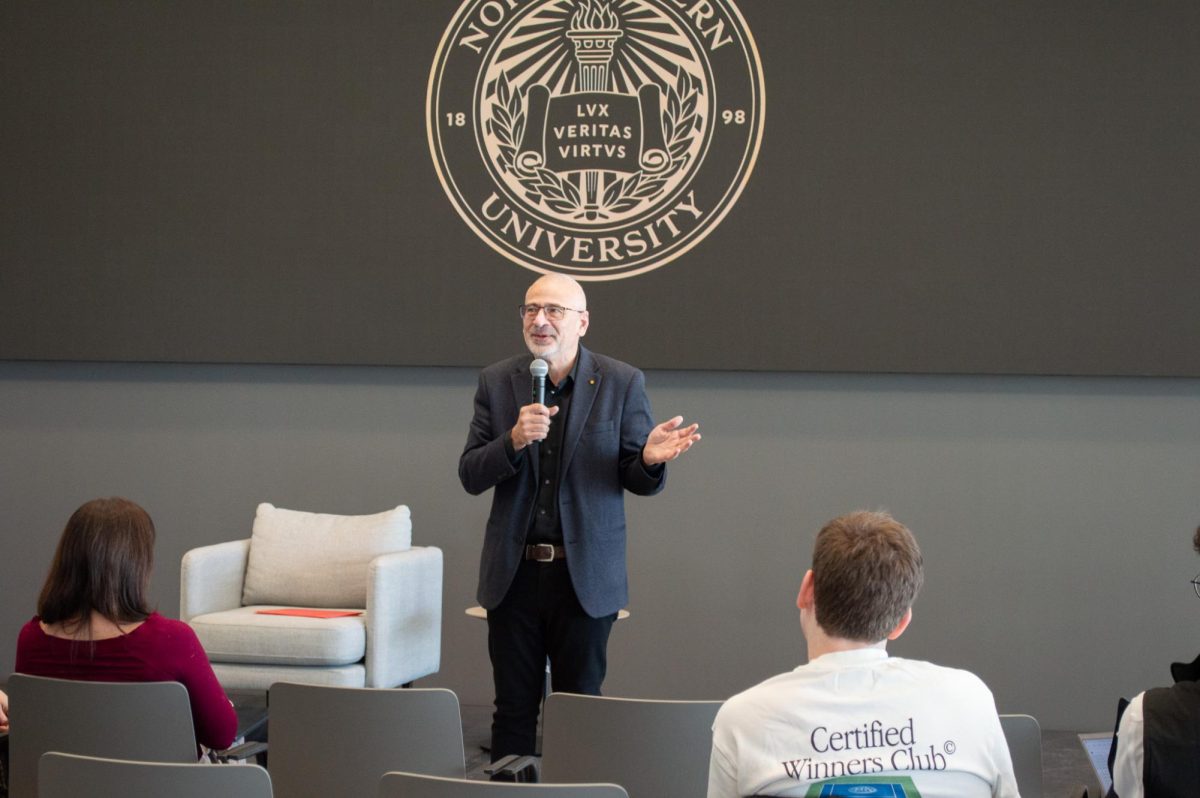What’s rolled in seaweed and sometimes hot and raw?
Not your Friday night. It’s sushi.
In its beginnings, sushi used to be a way to preserve fish. Fishermen would clean and gut a fish, placing it in rice as a way to naturally ferment their catch. This type of sushi is called nare-zushi. Months after the initial fermentation, the fish would be eaten, while the rice was discarded.
However, due to its lengthy process, anywhere from two months to a year, an altered form appears through the 15th and 16th centuries.
Improvements through the centuries came about because of a few entrepreneurial Japanese who possessed the knack for recipe variation. The 17th century saw this delicate finger food complimented with vinegar. Matsumoto Yoshiichi of Tokyo introduced the use of rice vinegar into the sushi rice. The vinegar was a welcomed ingredient. It served to reduce the usual lengthy preparation while adding a pleasant flavor of tartness. Although the process of fermentation was shortened, the custom of aged pickling with the boxed or rolled method was continued until the 19th century, according to the Web site www.eatsushi.com.
Modern sushi is presented in a tightly rolled package of seaweed, rice and fish or vegetables.
In the 1980s, in the wake of increased health consciousness, sushi, one of the healthiest meals around, has gotten much more attention; consequently, sushi bars have increased in the United States. With the introduction of sushi machines, which combines the mass production of sushi with the delicate skills used by sushi chefs, making and selling sushi has become more accessible to countries all over the world, according to the Web site www.sushi-master.com.
Locally, the student center offers sushi from the AFC Corporation in Crossroads.
Ross Anderson, a junior computer engineering major, said he doesn’t trust the sushi in Crossroads because he doesn’t know when it was prepared. Anderson recommended the sushi restaurant across the street from Our House, Symphony Sushi.
“I have to trust the place that made [the sushi],” Anderson said. He said the restaurant’s prices are comparable to other places he has been.
In the student center, the most available sushi dish is the California Roll, a type of Norimaki.
Norimaki is a type of sushi rice and seafood rolled in dried seaweed sheets. There are countless varieties of sushi rolls differing in ingredients and thickness. Sushi rolls prepared “inside out” are very popular outside of Japan, but rarely found in Japan, according to www.japan-guide.com. California Rolls are cooked fish and avocado wrapped in seaweed and rice.
Other types of sushi available in the student center are vegetable rolls and raw tuna.
“My favorite kind of sushi is crazy maki [from Symphony Sushi],” said Chris Dufresne, a junior computer engineering major. He said the dish is deep-fried shrimp in a sushi roll.
When students buy sushi from Crossroads in the student center, the condiments included are soy sauce and wasabi. Soy sauce is a salty condiment and wasabi adds spice. It’s known as a Japanese horseradish.
“Wasabi is an essential item to spicing up sushi. It is placed in sushi or mixed with soy sauce. You might find the taste too spicy or pungent, but Japanese sushi eaters love the strong sensation,” according to an article in Sushi and Tofu magazine.










